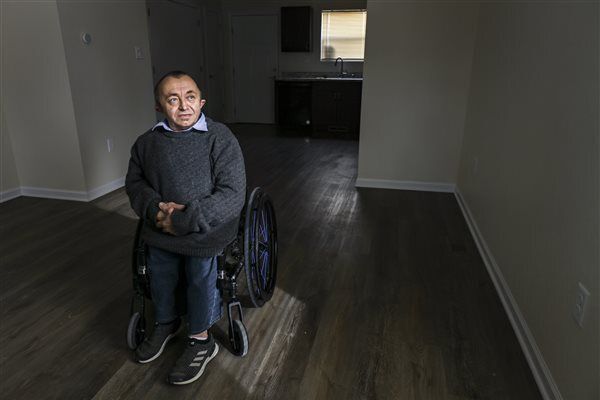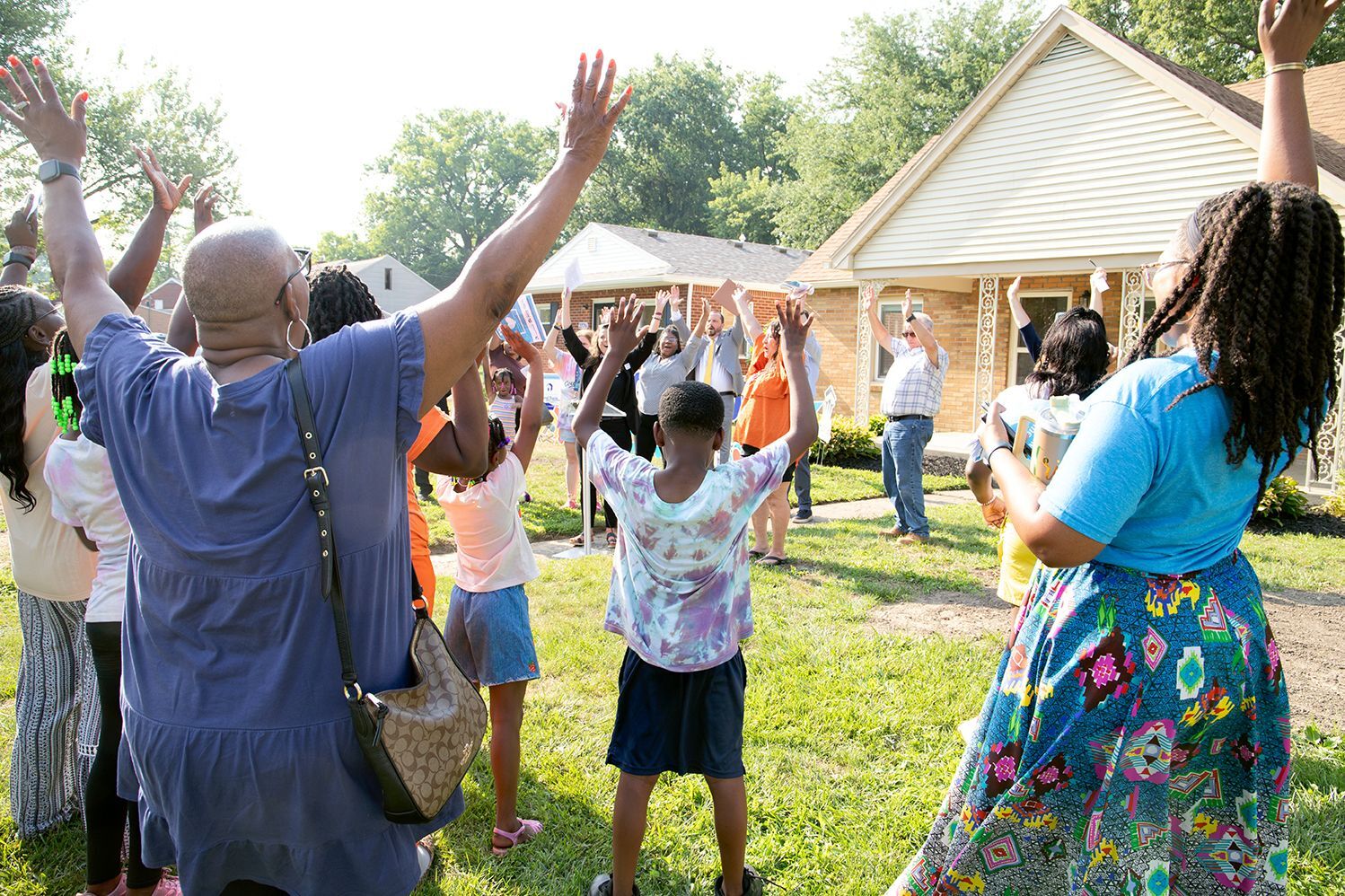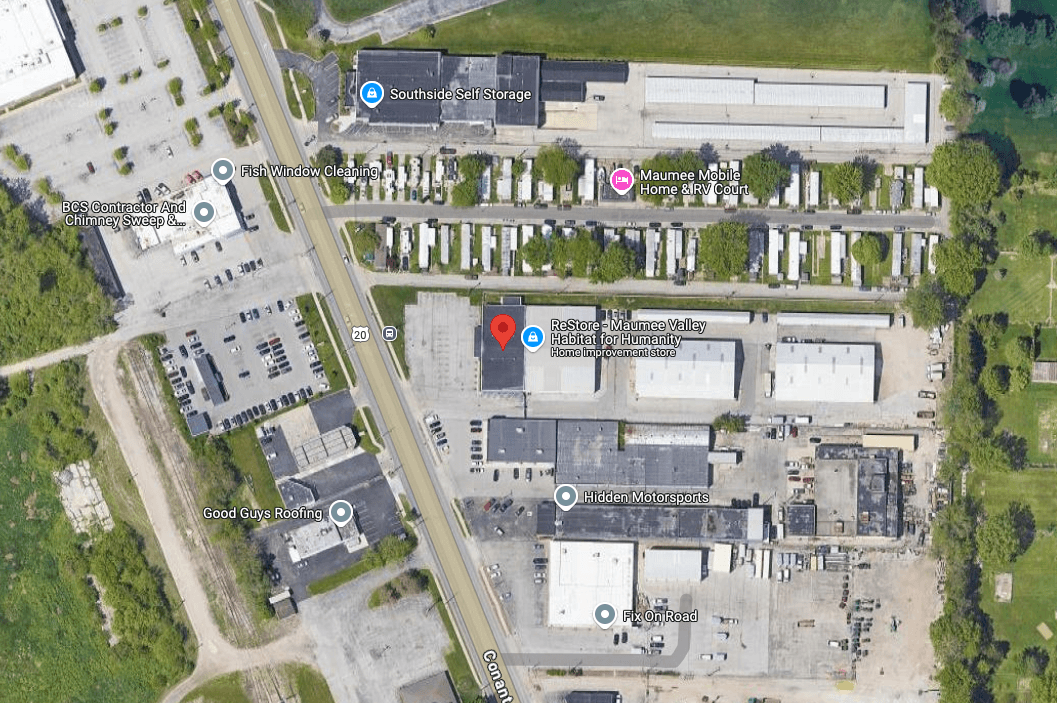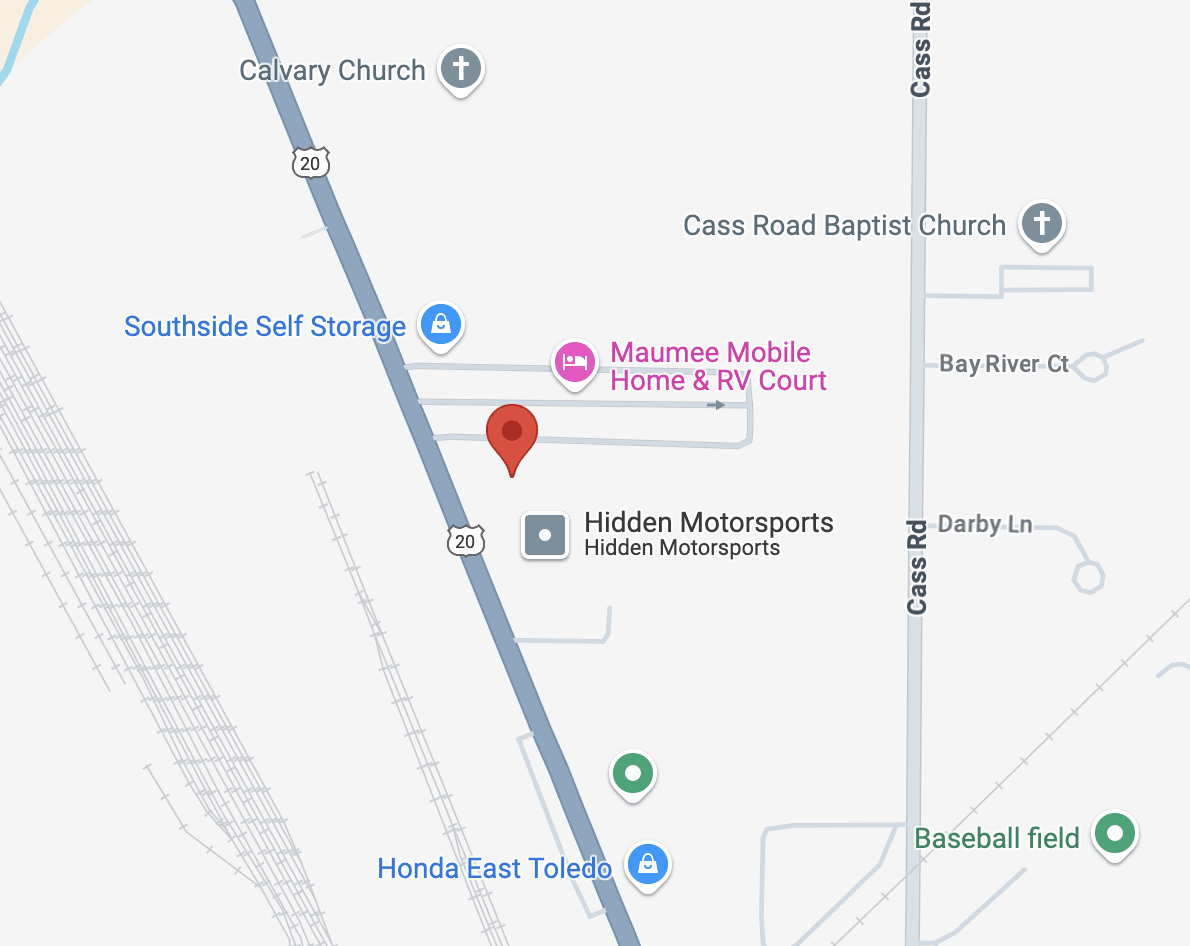
With just a few alterations, Maumee Valley Habitat for Humanity is ensuring that all of its new houses include universal design so that everyone, no matter their accessibility needs, can feel at home.
“Everyone has a certain range of abilities,” said Mark Achinger, construction director for Maumee Valley Habitat. “We want the house to work for everyone, not just today but in the future as well.”
In a partnership with the Ability Center of Greater Toledo, Maumee Valley Habitat’s goal is to provide more housing that will be able to serve people with mobility aids or other accommodation needs through universal design. Universal design is the design of buildings, products, or environments to make them accessible to all people, regardless of age, disability, or other factors.
For example, in a recent Maumee Valley Habitat construction, the doors and hallways are wider, the bathroom is larger to accommodate any mobility aids, the outlets are higher and the fuse box is lower so people can reach both from wheelchairs, and there are no steps inside or outside the home.
“I’ve heard many stories of people who fall and break their hip, and they can’t go home because they’ve got too many steps to get into their house,” Mr. Achinger said.
Since 2018, Maumee Valley Habitat has built 13 homes with universal design and has plans for 10 more this year.
Mr. Achinger said while someone might not need accommodations now, it’s possible that they might in the future. Or they might have visitors with needs, or friends and family members.
Mr. Achinger said while universal design can add some extra work to the design step, there’s really no extra cost in adding those kinds of features.
And he said the accommodations aren’t highly visible, so often people don’t even notice that it’s built to include accessibility. In addition to the size of the doors and hallways, the light switches are rocker-style, to make it easier to flip on and off, and all handles are levers, to avoid the need for grasping to open doors or cabinets.



